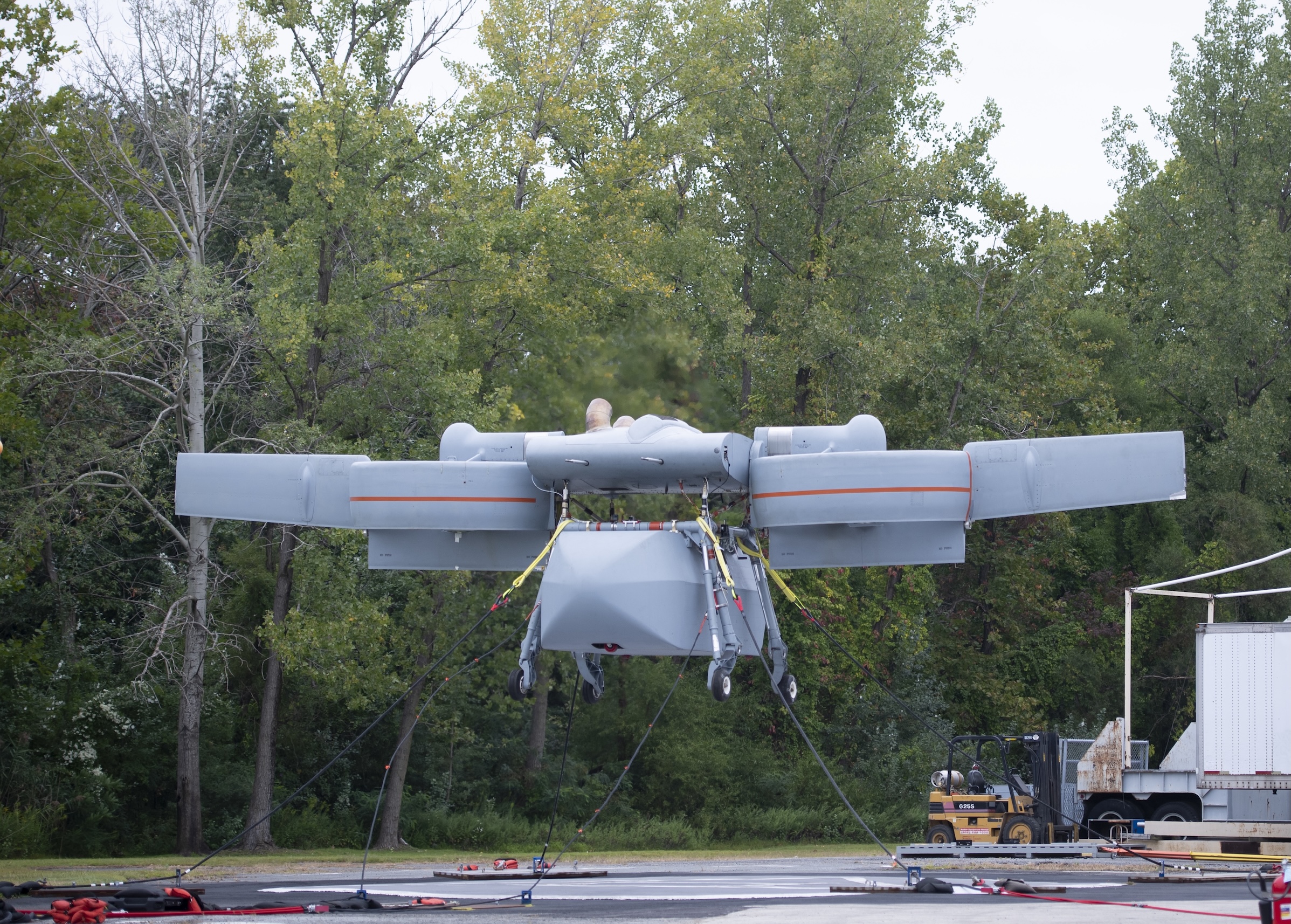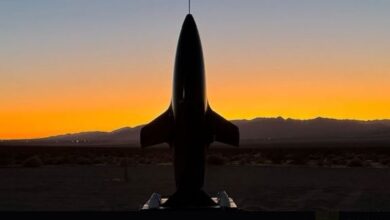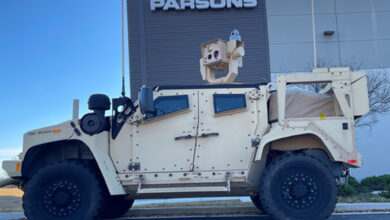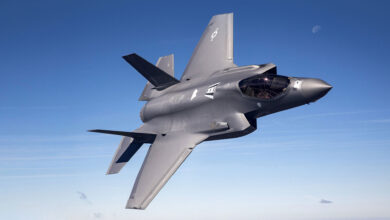Piasecki Conducts Milestone ARES-DV Flight, Signals Potential for Military Use
Piasecki Aircraft Corporation has successfully conducted the first flight of its Aerial Reconfigurable Embedded System Demonstration Vehicle (ARES-DV) at the West Helipad in Essington, Pennsylvania.
A multi-mission tilt-duct vertical takeoff and landing (VTOL) vehicle, the ARES-DV was tested twice, with its first flight without a payload sustaining a one-minute tethered hover before its descent.
The second flight involved the attachment of the US Army’s Mobile Multiple Mission Module before the aircraft achieved another successful one-minute tethered hover.
This experimental flight test milestone for VTOL technology will support small distributed combat units through its multi-mission capabilities, such as autonomous airborne casualty evacuation (CASEVAC) and cargo resupply.
“ARES creates a new baseline for VTOL technology applied to heavy-payload, time-critical logistics crucial for dispersed operations,” Air Force Research Laboratory Program Manager Barth Shenk remarked.
This project was funded with $37 million from the US Air Force and Army’s Strategic Funding Initiative as part of a multi-year contract awarded to Piasecki in November 2023.
Starting as a DARPA conceptual design project, the ARES underwent years of design iterations, rigorous component testing, and system-level validation leading up to the tests last week.
The ARES-DV
The ARES-DV features a modular design with rapidly reconfigurable Mission Payload Modules that can operate as either an unmanned aerial system or with an optional manned flight module, allowing it to meet diverse mission needs.
Its tilt-duct design with two ducted fans enables it to ascend vertically and fly horizontally.
Space and weight efficiency are crucial for the VTOL vehicle, so it is designed with a small landing footprint to carry out its roles on shipboard and expeditionary operations.
It can also provide embedded multi-mission C4I, ISR, combat, and logistics support to small, distributed combat forces operating over extended distances and in complex terrain.
Additionally, the aircraft uses Honeywell Aerospace’s Compact Fly-By-Wire system, a lightweight and robust integrated flight control system made to fit limited spaces.
The Fly-By-Wire system enhances the aircraft’s safety and performance through its safety-critical flight control capabilities typically found in much larger airliners and advanced fighter aircraft.
Moreover, it also provides the aircraft with precise handling and stability across a wide range of flight conditions.
“I’d like to thank our Air Force and Army customers as well as our dedicated employees and partners for their continued support as we move forward with the next phases of development,” Piasecki CEO John Piasecki said.
The company plans to expand the aircraft’s capabilities to include fully autonomous CASEVAC and logistics resupply functions.
“Successful flight demonstration of the ARES proof of concept demonstrator significantly reduces risk and accelerates the development timeline for a family of operational tilt-duct configurations for multi-mission VTOL UAS and high-speed VTOL applications,” Piasecki added.












